Pickles have a long history, dating back thousands of years. They are cucumbers preserved in a solution, typically brine or vinegar.
Here’s a brief overview of their history:
Ancient Origins: Pickling is one of the oldest methods of food preservation, with evidence of pickled cucumbers found in the Tigris Valley in Mesopotamia (modern-day Iraq) dating back to 2030 BC.
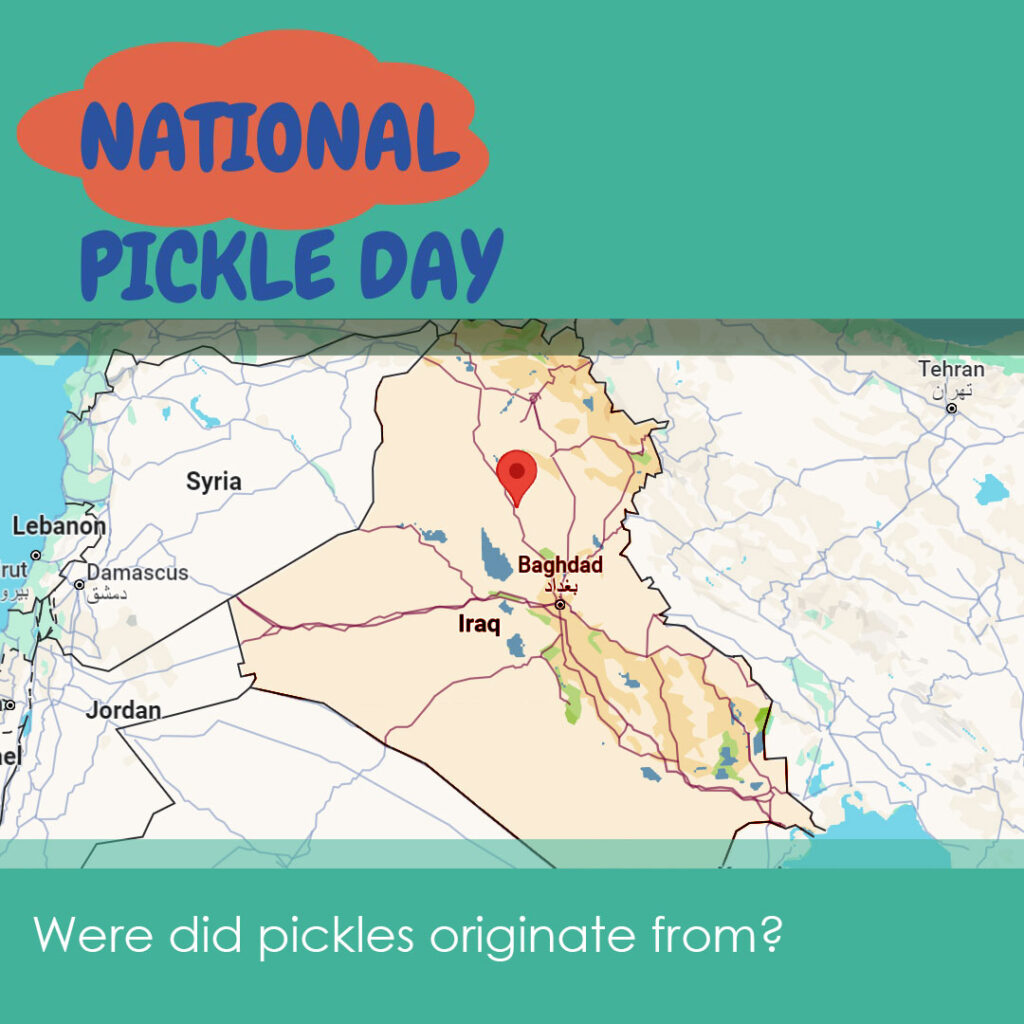
Cleopatra’s Love: Legend has it that Cleopatra attributed her beauty to pickles, and she believed their consumption contributed to her well-being.

Chinese and Indian Traditions: Pickling spread to Asia, where people in India and China developed their own methods and recipes for preserving vegetables and fruits.
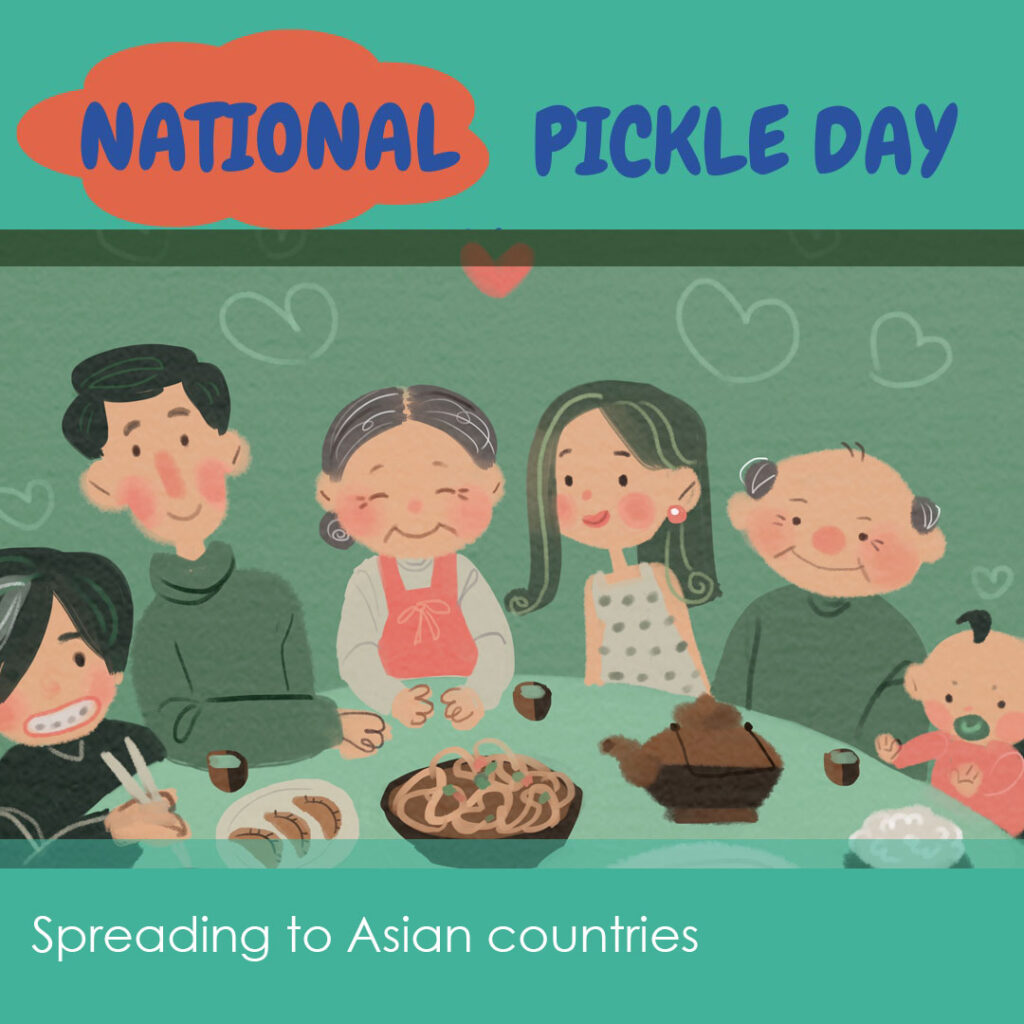
Middle Ages: Pickling became popular in Europe during the Middle Ages. Pickled foods were a staple during long sea voyages, providing sailors with a source of vitamins.
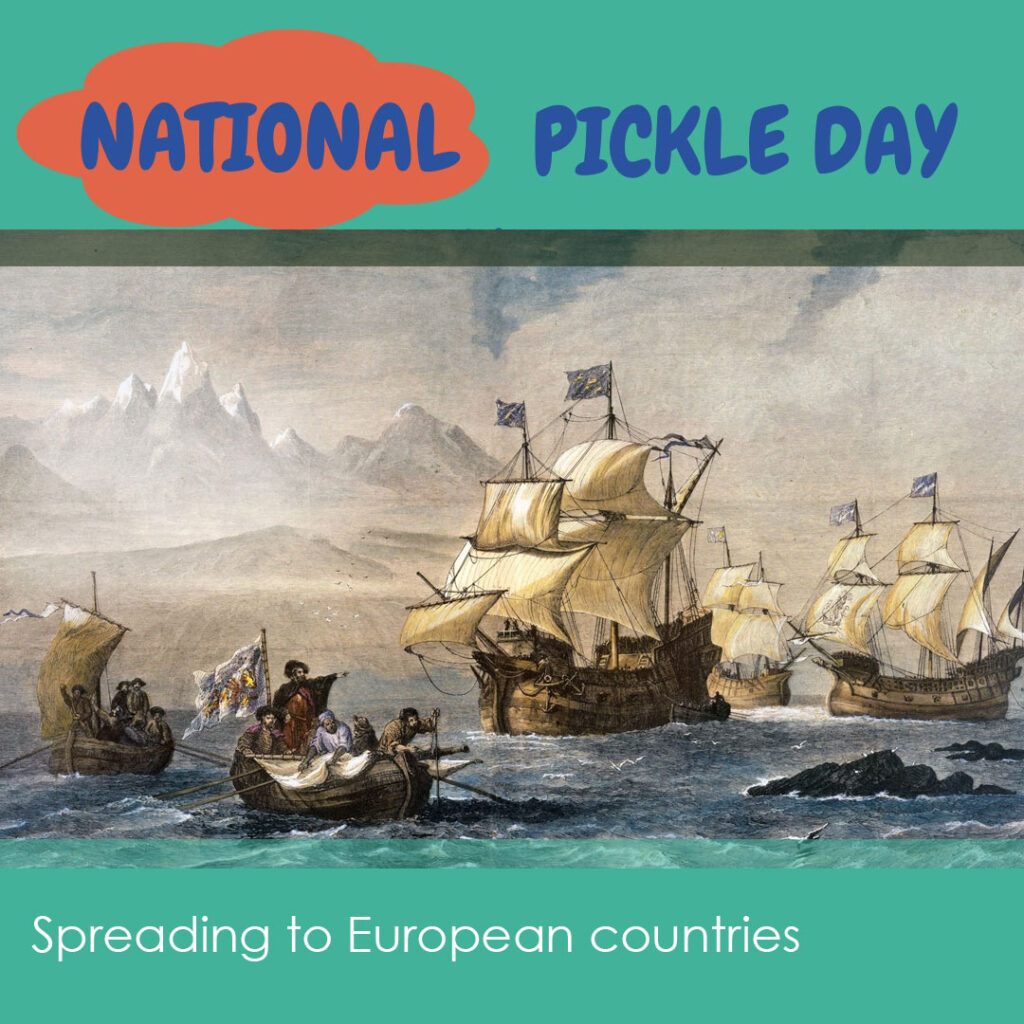
New World: European immigrants brought pickling traditions to the New World, and pickles became a common part of American cuisine.
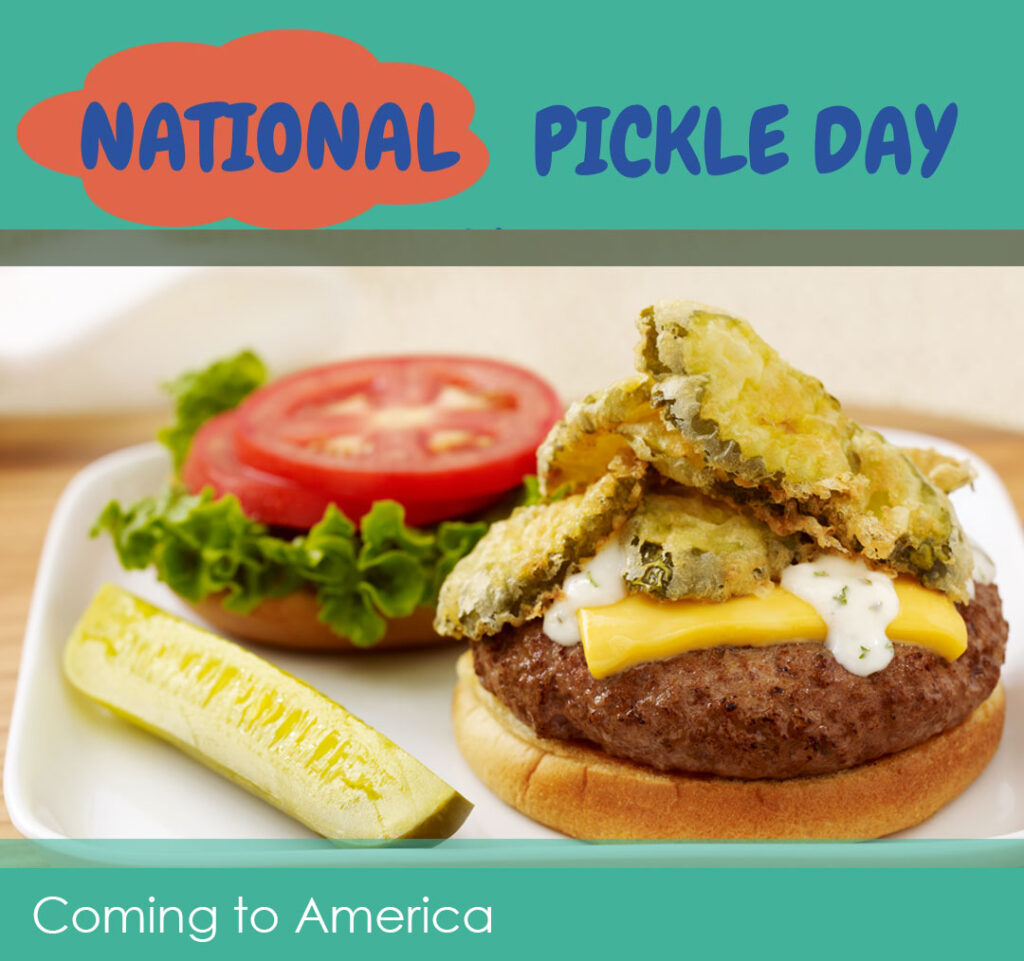
Commercial Production: In the 19th century, commercial pickle production began in the United States, and companies like Heinz became famous for their pickles.
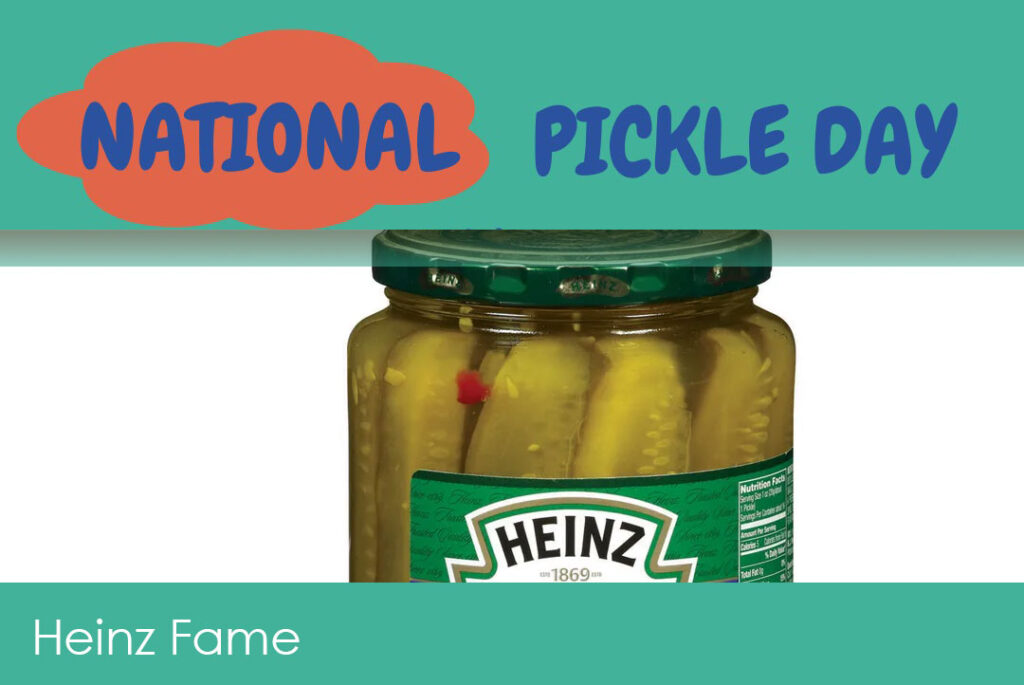
Varieties: Pickles come in various forms, including dill pickles, sweet pickles, bread-and-butter pickles, and more. They are also used in sandwiches, relishes, and as a popular snack.
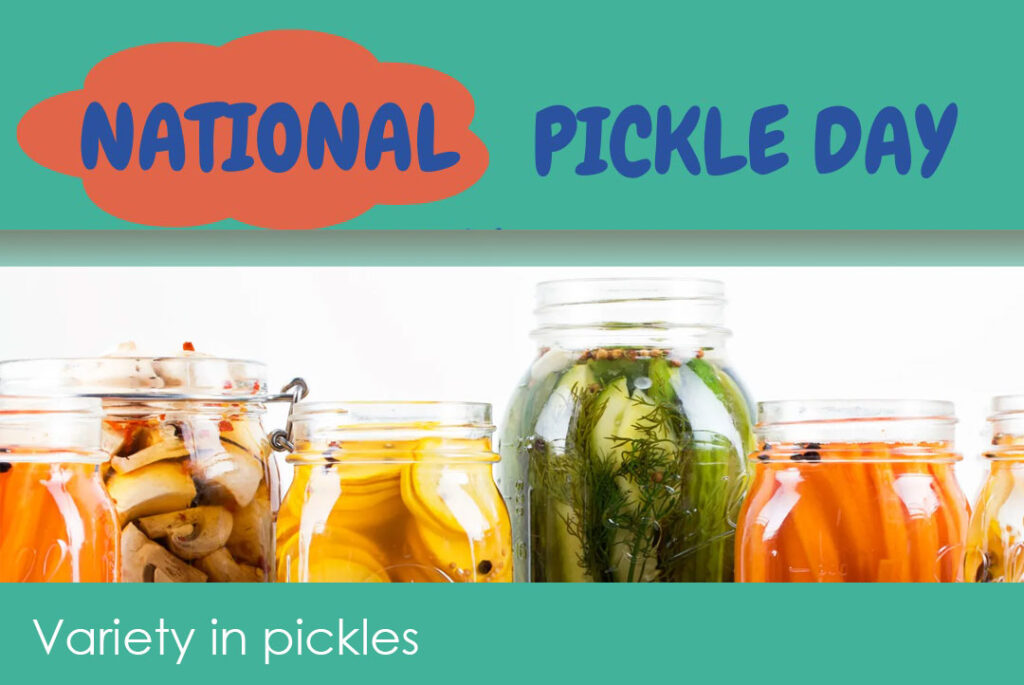
International Variations: Pickling methods and flavors vary around the world. For example, kimchi in Korea, sauerkraut in Germany, and achar in India are all forms of pickled vegetables.
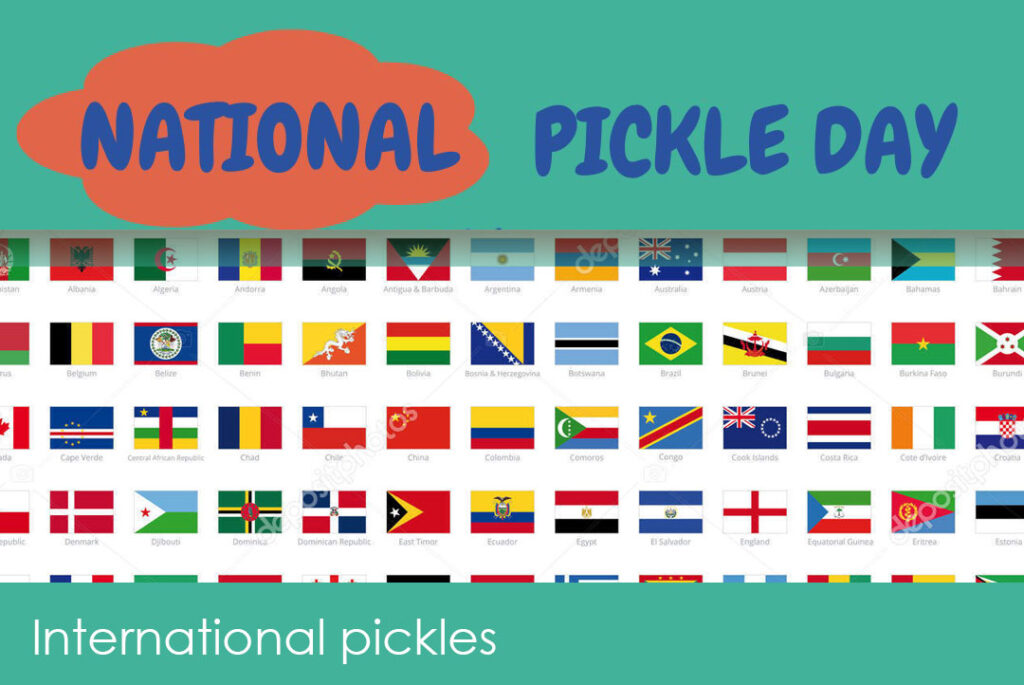
Today, pickles remain a beloved food item, appreciated for their unique taste and versatility in culinary creations.
Leave a Reply